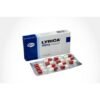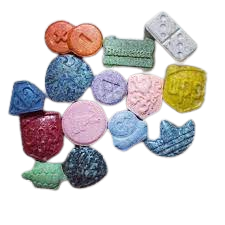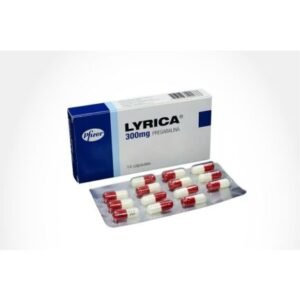Tramadol is classified as a centrally acting opioid analgesic. It is formulated in tablet or capsule form. The use of this medication may lead to adverse effects, including visual disturbances, nausea, and abdominal pain, etc… Consequently, patients are advised to conduct thorough research and seek guidance from their healthcare provider.
1. The pharmacological mechanism of Tramadol
Tramadol is classified as a synthetic analgesic that exerts its pain-relieving effects through a central mechanism and has the potential to cause dependence similar to morphine. Tramadol and its metabolite such as O-desmethyl tramadol – M1 can bind to M-opioid receptors in neurons while also inhibiting the reuptake of norepinephrine and serotonin in pain-relieving cells. The M1 metabolite has a binding affinity for M receptors that is 200 times greater and exhibits analgesic effects that are six times more potent than Tramadol.
The analgesic effect can be observed within one hour of administration, reaching its peak after 2 to 3 hours. Unlike morphine, Tramadol does not induce histamine release and does not affect heart rate or left ventricular function. The therapeutic dose of Tramadol has less respiratory depression compared to morphine.
Tramadol is well absorbed through the gastrointestinal tract; however, the first-pass metabolism in the liver is more significant, resulting in an absolute bioavailability of approximately 75%. The time to reach maximum drug concentration in the blood varies between Tramadol and its metabolites, estimated to be around 2 hours after administration, while for the M1 metabolite, it is about 3 hours. Food has little effect on the absorption of the drug, and when the drug enters the body, it can bind to proteins at about 20% and is distributed to all organs with a volume of distribution of 2.7 liters/kg of body weight.
Be the first to review “Tramadol 1Box” Cancel reply
Related products
Pilles
Pilles
Pilles






Reviews
There are no reviews yet.